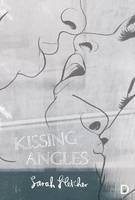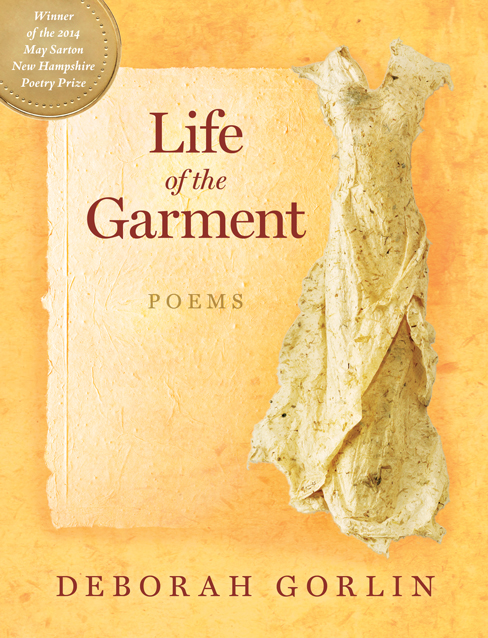Kissing Angles by Sarah Fletcher
sputtering for air
beneath the surface of a dream [Beach Combing]
This is how Sarah Fletcher’s first pamphlet, Kissing Angles, ends. Beneath the dream’s surface are many faces of love’s metamorphosis, taking on moods and masks:
We once shared the same man……
I see us bonding over this
and sharing notes[This Is a Confessional Poem]
These notes explore the extraordinary essence of relationships, like walking around a mountain. Sarah Fletcher circles, giving us various views – sharp, humourous, erotic – as well as showing disappointed lovers, as in ‘Our Daughter’:
If we’d had her…..
But now my dreams of metamorphosisare dashed, as I wait for you
to text me back aboutthe blankness on the test.
Fletcher’s poems show strength in the particulars of observation:
The council flat perfume of piss
across the street, and last night’s beer cansdusted with fresh snow, the reason for
your wife’s end-line of go, just go. [The Boxer]
There is also the skill of melodic lines such as
I can tell he’s looking
for a fight, for three. He can’t stop touching me
and I realize I am part of this act;
the torero’s muleta, his red slip.He kisses me. His tongue feels like a whip [The Matador]
Rinse my ringless fingers in fresh Reisling [The Liebling]
Vistas are filtered through portraits, which then evoke what love might mean:
Orlando Bloom, come quick. I want your world:
It fits me so much better than my own [Woman, 30, Seeks Orlando Bloom]
Not just his world, perhaps! Fletcher moves from dates (‘Third Date’ works so well) to settee-sunken drunken lovers/husbands, erotica, and the first phases of love, laced with internal rhyme in structured, accessible forms, a mix of long and short lines. There is formalism amidst the free verse (‘A Villanelle With two Endings’). Unrhymed couplets are the basis for a number of the poems [‘Clock Watching’; ‘This Is a Love Poem’; ‘Clinic’], but there are also variants of form which ease the reader in, like the shorter line of ‘The Wrestler and The Sailor’s Daughter’ and the longer line of ‘Kraut Girl’. It’s also good to see Hull referenced alongside Berlin and Stockholm, Cornwall and Rhine diamonds.
On opening the pamphlet to the first poem (‘Vision of My Lover Dressed in Drag’), because of the alternated indents, I thought I was about to engage with a Naga-Uta structure of alternating 5- and 7-syllable lines, but instead it’s a happy variant of this, with shorter syllabic lines (e.g. 4-syllables). Either way, the poem entices the reader in (as a lover’s vision ought to):
You are
all slink, all water-hips,
a screech of smoke escaping
from your lips. So chic.
A Hindu Goddess in one light,
A fifties housewife in the next.
This ‘Mayan snake’ of a ‘sweet boy’ takes her to Paris. Place is only referenced in this way; perhaps where the lovers go is an outward vehicle, a means of changing form. Is this transformation in order to become more mature, a changed character? There is no judgment to the portraits in these poems, and perhaps this is a good thing. They are fresh-faced and exploratory. Deeper questions are also referenced, as in ‘Third Date’, where ‘his’ ancestors were gassed and he was taught ‘bits of the Shema’, or the Dutch ‘Kraut Girl’‘whose baldness was synonymous with justice’, who established relationships with German officers. Then there’s Eva Braun, ‘the SS mistress’, ‘undressing (her) way back to Stuttgart’. These references are not explored further, but left for the reader to engage with, another dimension to this collection.
Sarah Fletcher should be congratulated on this fresh work, as Dead Ink Books should be for producing such a quality pamphlet, from cover design to binding. It is a readable and real take on courtship, of being with another and the effect of this on ourselves. What will be next? More delving into the nature of the ‘relational’, that intimate personal space which can be transformative, and if so, how? Or a new avenue into metamorphosis? We should look forward to being surprised.





